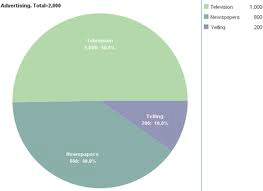
MONTANA |
VIDIN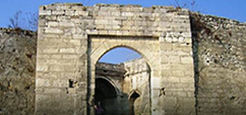 |
DOLJ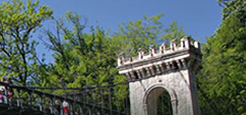 |
Interactive map |
| CULTURAL-HISTORICAL RESOURCES | CULTURE AND RELIGION | FOLKLORE, CRAFTS AND TRADITIONS | EVENTS | TOUR PACKAGES |
Nature and characteristics of cultural tourism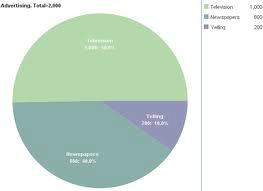
The emergence of cultural tourism in research practice as an object of study dates back to the beginning of the XX century, but only in 2002 the International Council for cultural and historical monuments publish a formal definition as follows: "The cultural and cultural-cognitive tourism actually is this form of tourism, which focuses on the cultural environment, which in turn may include cultural and historical sights of a destination or cultural-historical heritage, values and lifestyle of the local population, arts, crafts, traditions and customs of the local population. Furthermore, cultural and cognitive routes may include a visit or participation in cultural activities and events, visit museums, concerts, exhibitions, galleries, etc. (International Council on Monuments and Sites). Cultural tourism is defined by the World Tourism Organization (Report WTO, 2012) as "trips, whose main or concomitant goal is visiting the sites and events whose cultural and historical value has turn them being a part of the cultural heritage of a community". An important feature of cultural tourism according this definition is the assumption that visiting cultural and historical sites and events, related to cultural heritage is not necessarily the main motive for the trip. In this context cultural-historical tourism is rarely implemented in a "clean" look and most often is combined with other traditional and specialized types of tourism. This substantial feature reveals opportunities to improve the effectiveness of national and regional tourism through the development of cultural-historical tourism - through absorption and integration of cultural-historical resources in the regional tourism product and development on this basis of a regional tourism brand. The key category in that definition is the concept of "cultural heritage" which includes intangible and tangible movable and immovable heritage as "A set of cultural values that are carriers of historical memory, national identity and have scientific or cultural value" (Cultural Heritage Act, Art. 2, para. 1). Cultural tourism is an instrument for economic development that achieves economic growth by attracting visitors outside the community-host who are motivated generally or partially by an interest in the historical, artistic, scientific or related to lifestyle and traditions reality and facts of a community, region, group or institution. Such a travel is focused on the feeling of the cultural environment, including landscapes, visual and performing arts, lifestyles, values, traditions and events. Tourism is looking for ways to create "marketable tourism products" as well as environment for work and life. Cultural-cognitive tourism is an interaction between cultural, ethnic and historical components of the society or of the place to be used as resources to attract tourists and tourism development. Cultural tourism Forming activity Part of cultural tourism is also traditional religious travelling and in particular pilgrimage. As examples can be given thousands of Catholics from all around the world who visit the Vatican and other holy places, traveling of the Jews to Israel, to memorials and sites of the Holocaust or Mecca - the main attraction destination for Muslims around the world. In this context, Bulgaria and Romania, and in particular - the border region of the two countries also have the potential to be attributed to the attractive tourist destinations for pilgrim tourism. Development and supply of cultural-historical heritage "dressed" in an attractive package for tourist consumption must be balanced with responsibility and necessary seriousness against history and national values. The global nature of tourism creates a series of challenges for many communities. With the increasing unification of the hotel architecture, chain restaurants, street furniture and others, communities need to preserve local identity and at the same time meet the expectations of tourists in terms of quality and standards. It is important not to make compromise with the preservation of cultural values and to balance the socio- cultural needs and economic benefits. In fact, culture can be depicted by two concentric circles: • Inner circle, which represents the cultural heart, i.e. more traditional or basic elements of culture, understood as what people do or produce as a culture; • Outer circle represents the way of life or the style of livening of the population in a particular place. Inner circle represents the main elements of the cultural tourism, which can be divided into two parts, i.e. tourism of the art heritage (cultural assets related to the products of the past) and tourism of the art (related to the contemporary cultural production such as the presentation of the visual rats, modern architecture, literature and others). Outer circle represents the secondary elements of cultural tourism, which can be divided into two categories: the life style (elements such as beliefs, cuisine, traditions, folklore and others) and the creativity sector (fashion, design, web and graphical design, cinema, media and entertainment and others). In many countries the two circles tend to gather to form a single cultural offering in which both aspects are mutually complementary. Based on the above proposed definition there are subcategories of cultural tourism, which are able to contribute to the determination of the trends and characteristics of the most important market segments based on motivations and behavior as well as tourist activities exercised: • Heritage tourism; • Art tourism; • Creative tourism; • Urban cultural tourism; • Rural cultural tourism; • Local cultural tourism; • Contemporary cultural tourism. In this regard, a special role for the integration links between cultural heritage and tourism acquire the historical territory: the part of the earth's surface regardless of its territorial scope or topographic homogeneity has overall cultural and historical coherence and identity, including binding traces of the past, remarkable in its historical, archaeological, artistic, scientific, social or technical interest. Namely this concentration of cultural values makes historic territories integrative field of culture and tourism. The historical area represents a complete culture environment, which encompasses single or group of cultural values, cultural landscapes, historic towns, cultural routes, valuable natural environments and typical landscapes (in the sense of the European Landscape Convention). This cultural environment can not be territorially limited - its territorial range depends on the logic of the cultural and historical processes of relevant local, regional, national or international level.
2. Special features and factors affecting cultural tourism In this sense, based on these initial data it is apparent the presence ont only in the theory and but in the practice also of sufficient volume and quality of scientific information and a reason for the identification and differentiation of the main defining characteristics of cultural tourism and namely on international level: • Self-dependent type of tourism, whose place in the basic classification scheme of tourism can be determined according to the sign – the reasons and objectives of the visit; • travel and temporary residence outside the permanent residence of the tourist with dominant goals and purposes set up by specific spiritual needs; • consumption of material and spiritual wealth (respective specialized tourist products) for visits of places and sites with determining cultural-historic context of the tourist offer; • an aggregate of all organizations, institutions and subjects providing specialized information, transport, trade and other type of servicing, reception, accommodation, meals and accompanying of tourists; • specific niche of tourist demand and independent part of the modern tourist industry. Main factors that are differentiating the development of cultural tourism can be divided in the following three headings: Specific character of the tourist need. Cultural tourism tourist satisfies certain needs that are objective in nature and occur at a certain stage of socio-economic development of society, corresponding to the occurred lifestyle changes. They can be defined as a set of requirements aimed at restoring and improving the human personality through the tourist trip. Cultural values. Cultural values are specific prerequisite for the development of cultural tourism. In their essence they are a set of objects and phenomena whose cognitive and emotional effects are intended to satisfy the tourist cultural needs. Cultural values can be grouped under three headings: (1) Cultural and historical monuments and sites-archaeological sites, monuments and architectural complexes, monasteries and churches, ethnographic monuments and museums and others, (2) Works of art - movable tangible cultural values: a collection of art objects, works of painting, sculpture, folk crafts, embroidery, costumes, cult objects, masterpieces of cinema and literature, etc., (3 ) periodic and episodic events - festivals, shows, congresses, fairs, celebrations and more. Influence on the long-term viability of the cultural values exerts their size, uniqueness, management, ability to retain the interest of tourists, competition and others. The presence of cultural values, however, does not constitute a travel. They need to be engaged in the economic turnover - the market supply of cultural tourism as part of the tourism product. Tourist product. Cultural tourism is characterized by a specific tourist product which is defined as a set (package) of material goods and services offered to culturally motivated tourists, on total price from the moment they left their home until they return back home. It is meant to satisfy the needs of cultural tourists. Coming out of the concrete nature of cultural tourism, the analysis of individual elements shows that festivals through tourism can be extremely reliable tool not only for the mutual understanding and cooperation between the European people but for the socio-economic growth of the regions also. Due to its specifics, the festivals create a natural environment and deployment of various business initiatives related to advertising, marketing, recording, production of audio and video products, various types of services, and this is a good basis for the development of tourism promotion of small and medium businesses on the ground of a change in the overall socio -economic profile of the region and life quality improvement. Worldwide museums are the main tourist sites. In major cities, along with traditional museums such as the National museum of History, the National Gallery of Art and others, its place is taken by smaller museums with specific themes: Museum of military history, Museum of history of music, art, arts and crafts, aviation, different types of industries, sports, flags, of individuals and others. And any specific museum can attract a specific target group. Religious monuments - cathedrals, churches, monasteries and others could also enchant tourists. Relics that are kept in them are part of the rich cultural heritage of the city and the state as a whole. Many of these monuments also function as museums as well. Thanks to its magnificent acoustics they are often venues and concert events. Visits to cultural and historical sites are influenced by many factors including: the peculiarities of the interests of tourists; the degree of their own general knowledge and educational level; preliminary knowledge about the country or parts of it, as well as its cultural and historical heritage; financial opportunities; psychological perceptions of their religion; customs and way of life, etc. Of great importance is the degree of completion of infrastructure around the immovable cultural and historical sites and their public utilities. All these factors are directly related to the term of “tourist attractiveness" of the sites and destinations which recently many authors try to give a characteristic of. G. Golembski (2002) includes in this term the tourist significance of the object or the destination, the state of the environment, protection of this environment and infrastructure availability. It is obvious that with all the activities associated with intensive stimulation of the development of cultural tourism should be taken into account many other factors, some of which are indicated by B. Marinov and P. Petrov (2000), 1) factors of destination itself; 2) factors related to regions and countries generating tourism demand; and 3) factors that provide the link between genetic and destination areas; 4) factors related to the large number of substitutes from the perspective of tourists competing destinations“. Internationally, an attitude towards cultural tourism have the World Tourism Organization (WTO), United Nations Educational, Scientific and Cultural Organization UNESCO, ICOMOS, ICOM, Organization of the world's historic cities, the EU and its cultural institutions. None of these organizations did register generic statistical information on cultural tourism. At various intervals, on various occasions, surveys are implementing, but the results serve only specific goals and objectives of the study. Among the other factors contributing to the development of cultural tourism are the change in consciousness of the importance of cultural heritage, income and duration of leisure. This form of tourism is among the most popular within the short-term travelling: weekend "getaway from the city" or a combination of the traditional holiday on the sea-side and mountains with day tours to interesting cultural and historical sites. |
MOST VISITED
PUBLICATIONS
TOURIST INFORMATION
Where to sleep
Where to eat
Transportation
Recent archaeological excavations, research, restoration
Links
|
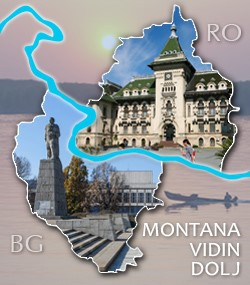
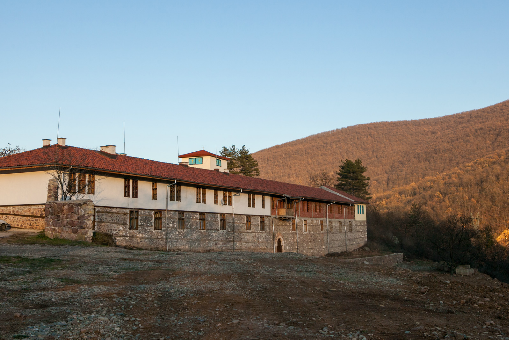
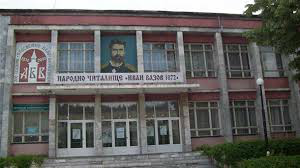
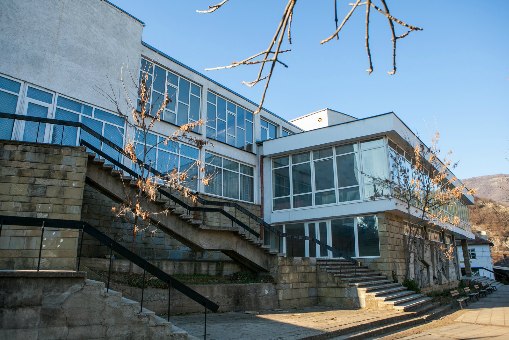
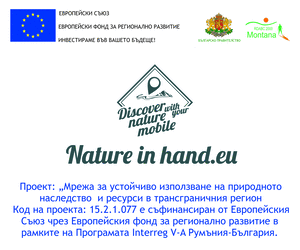
 Google Play
Google Play App Store
App Store 